Fighting in Kingdom Come: Deliverance 2 won’t always be avoidable, and when you find yourself in a fight against an enemy that wants more than just your money, you’ll need to be able to defend yourself. There are plenty of weapons to choose from, and each has small yet impactful differences.
The type of weapon you choose ultimately boils down to personal preference. They’ll all do a good job of beating enemies into submission in KCD2, but if you want to be at your most effective in all situations, here’s a short guide covering all the melee weapon categories, including their damage types, strengths, and weaknesses.
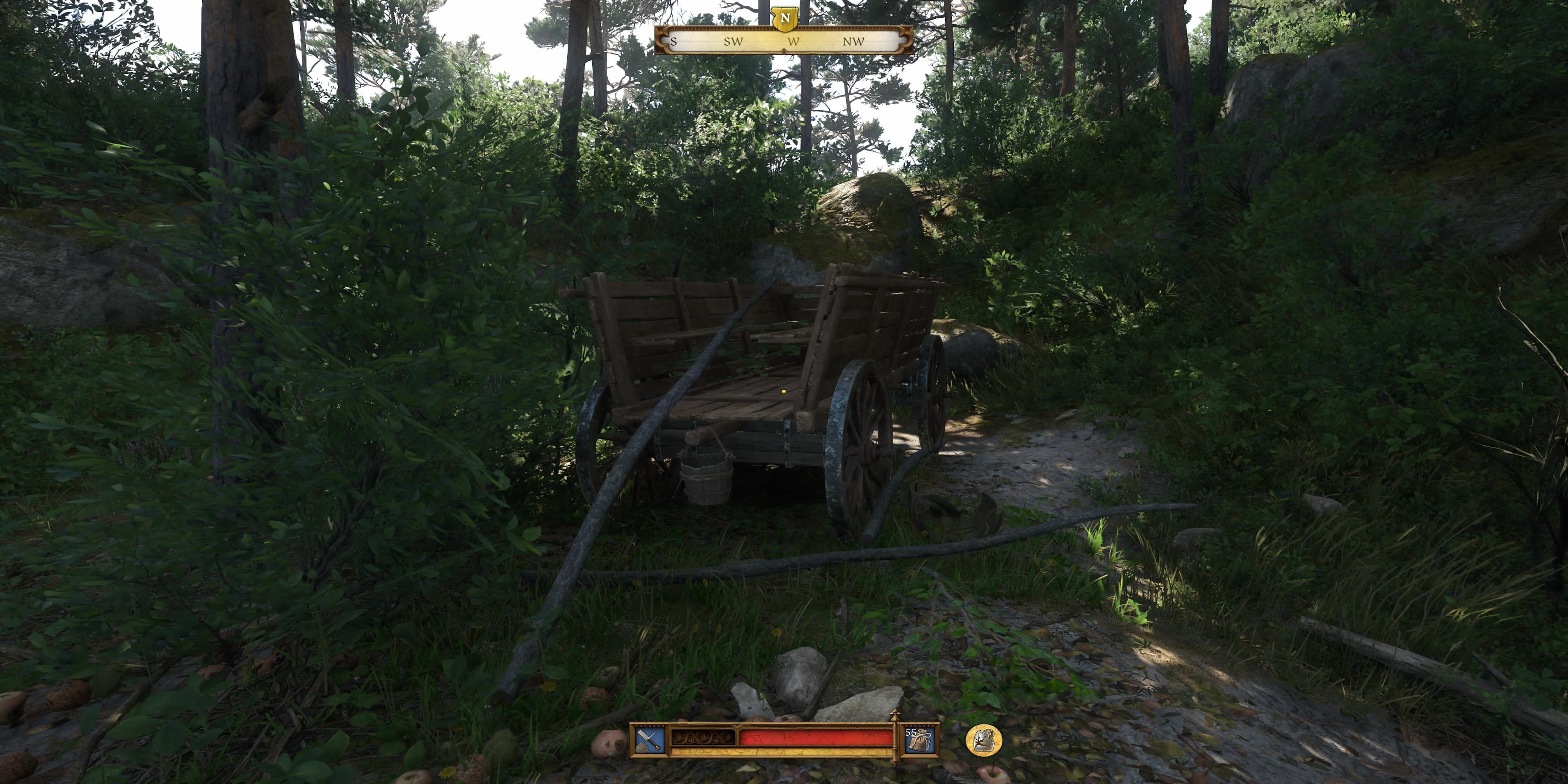
Related
Where to Find Overturned Cart (The Jaunt) In Kingdom Come: Deliverance 2
Partway through The Jaunt in Kingdom Come: Deliverance 2 Henry will be tasked with finding the Overturned Cart; here’s where to find it.
Quick Links
All Melee Weapons & Damage Types in KCD2
KCD2 features a semi-realistic combat system in terms of both techniques and the interactions between weapons and their targets. Most fights involve players exchanging blows through a seamless flow of blocking and counter-attacking, though factors like skill level, armor, and weapon damage all play a significant role in who wins a fight.
There are three categories of melee weapons in the game, and each category has several sub-categories as well:
- Swords: This includes longswords, shortswords, hunting swords, and sabers.
- Heavy Weapons: A weapon family that includes axes, maces, clubs, and warhammers.
- Polearms: Long weapons like halberds, poleaxes, spears, and staves fall under this category.
Damage Types
Kingdom Come: Deliverance 2 has three different damage types: Slash, Stab, and Blunt. They all do a good-enough job at reducing an opponent’s health, and weapons deal these damage types at different levels depending on their category. If you want to be at your most effective at all times, consider these following use-cases:
- Slash damage works best against unarmored or lightly-armored enemies like bandits and wild animals.
- Blunt is most effective against heavily-armored targets such as knights in plate armor or guards with metal helmets.
- Stab damage is dealt only by stabbing attacks, and they’re ideal for hitting uncovered faces.
Swords
Swords are the most balanced of weapons in KCD2, and they scale off both Strength and Agility (with a bias toward the latter). They mostly deal Slash and Stab damage, but some swords also deal tiny bits of Blunt damage too. This weapon type is further separated into the following classes:
- Longswords have long reach and higher damage than one-handed swords, but they are notably slower.
- Shortswords are quicker than longswords, but they have shorter reach and deal lower damage per hit.
- Sabers are even faster than shortswords, and they mostly deal Slash damage. They also have a higher chance of causing enemies to bleed.
This weapon type is best used against lightly-armored enemies. Their blades have trouble cutting through thick gambesons and metal armor, but they make up for this by being the only weapon type in the game that can perform Master Strikes, unblockable counter-attacks that can turn the tide of a fight into the user’s favor. Players should prioritize unlocking Master Strikes in KCD2 as early as they can to make combat easier.
Use stab attacks to outrange opponents and hit enemies in the face.
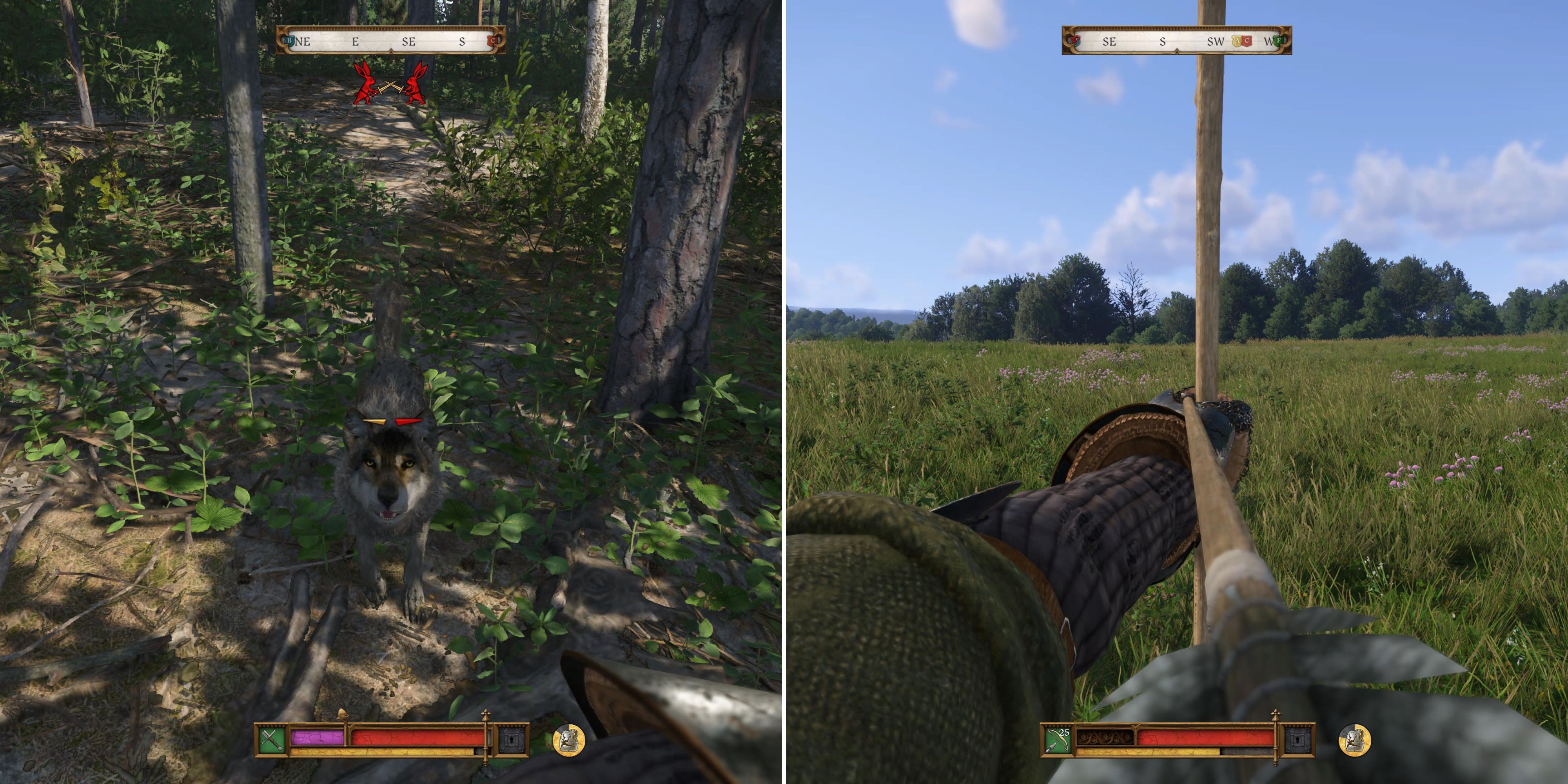
Related
Kingdom Come: Deliverance 2 – How To Hunt
Hunting is a straightforward method for getting food in Kingdom Come: Deliverance 2; here’s everything you need to know about it.
Heavy Weapons
This category of melee weapons requires both Strength and Agility, but with an emphasis on the former. They don’t require as much finesse as swords, and they can easily crush enemy defenses through sheer brute force. These weapons primarily deal Slash and Blunt damage, though this varies greatly depending on the weapon itself:
- Axes deal high Slash and Medium Blunt damage. They’re excellent against medium armor and shields, but they’re more cumbersome compared to swords.
- Maces and clubs can crush heavy armor with large amounts of Blunt damage, but they deal no Slash or Stab damage, making them slightly less effective against unarmored targets.
- Waraxes and warhammers have the traits of their respective counterparts above. However, they come equipped with spiked ends, allowing them to be used for stabbing attacks.
Heavy weapons seem to take more durability damage if you use them while to block and parry. To avoid unnecessary wear and tear, use a shield on your off-hand.
Polearms
Polearms have the longest reach of any melee weapon in the game, and depending on the type of polearm you use, you’ll be able to deal good amounts of all three damage types, making this weapon class the most versatile of the three. However, they are slow and cumbersome, and you may have trouble fending off several fast-attacking enemies at once if a polearm is all you have. Their stat requirements are a bit steeper, though, and you’ll likely need to improve your stats before you can wield them effectively.
While polearms are technically divided into different categories, they don’t make as much a difference as with the various swords and heavy weapons in the game. All of them are virtually the same, though there are outliers. The Billhook, for example, cannot be used for Slash attacks, and the wooden Staff deals only Blunt damage.



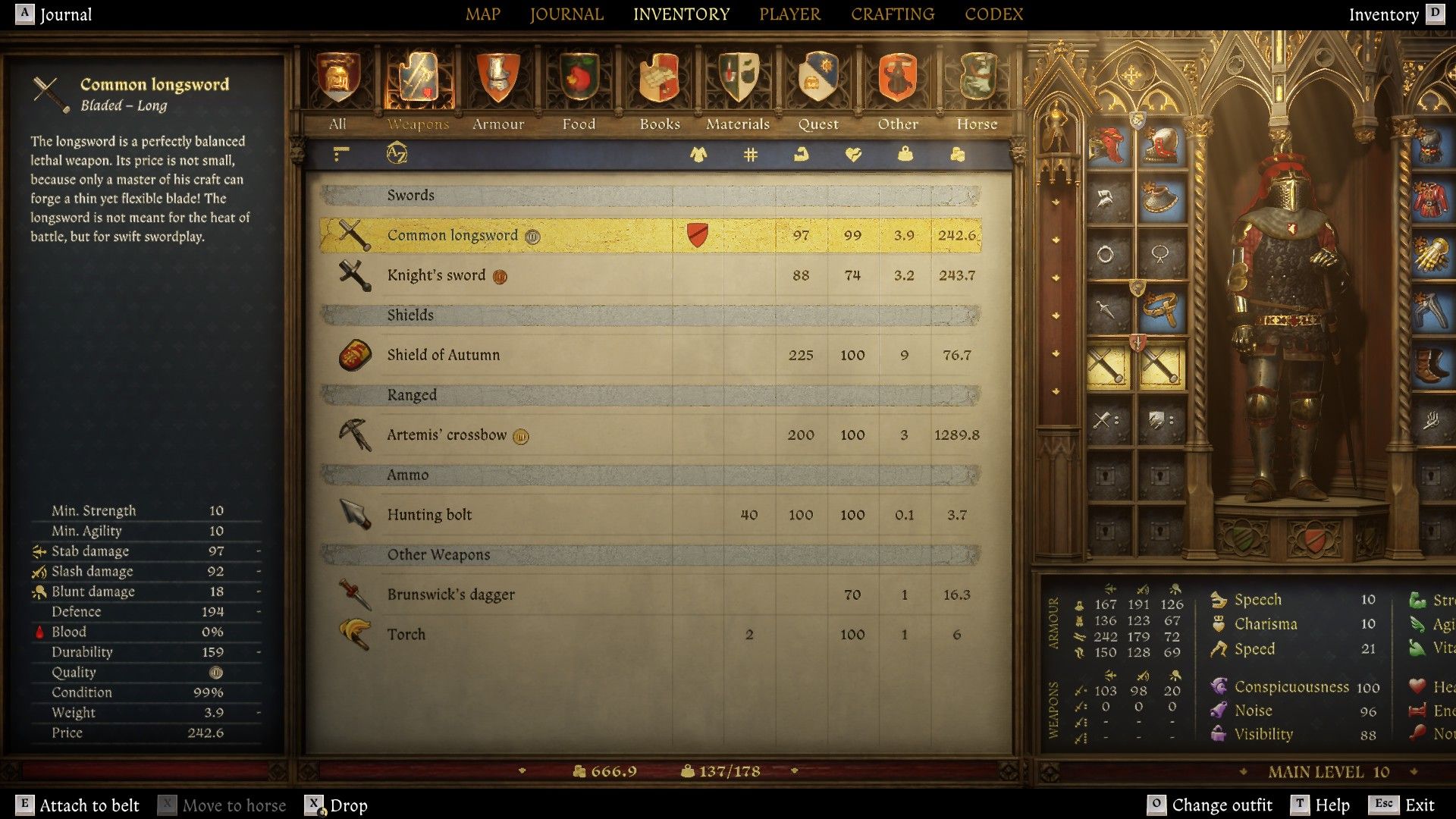
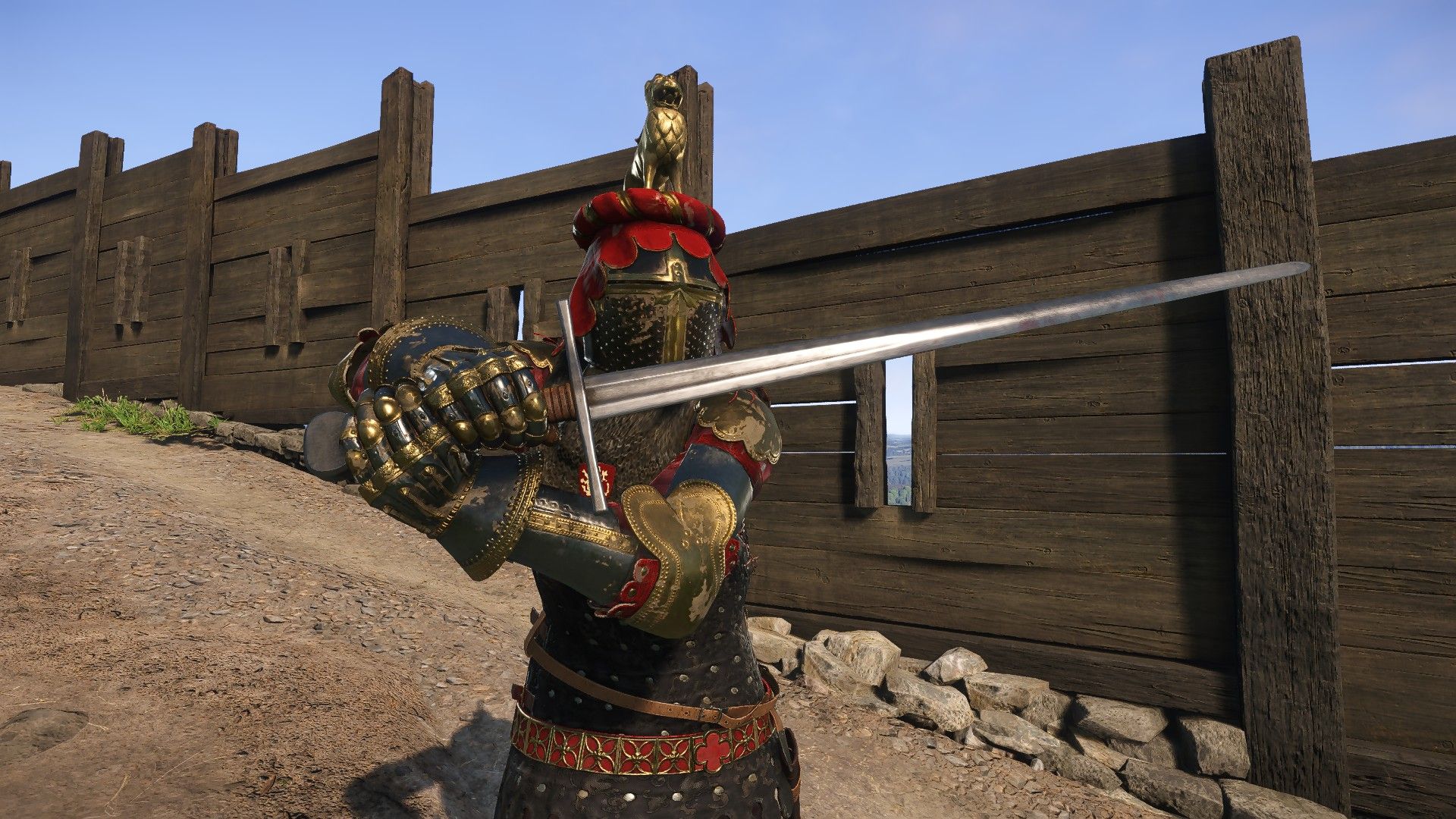
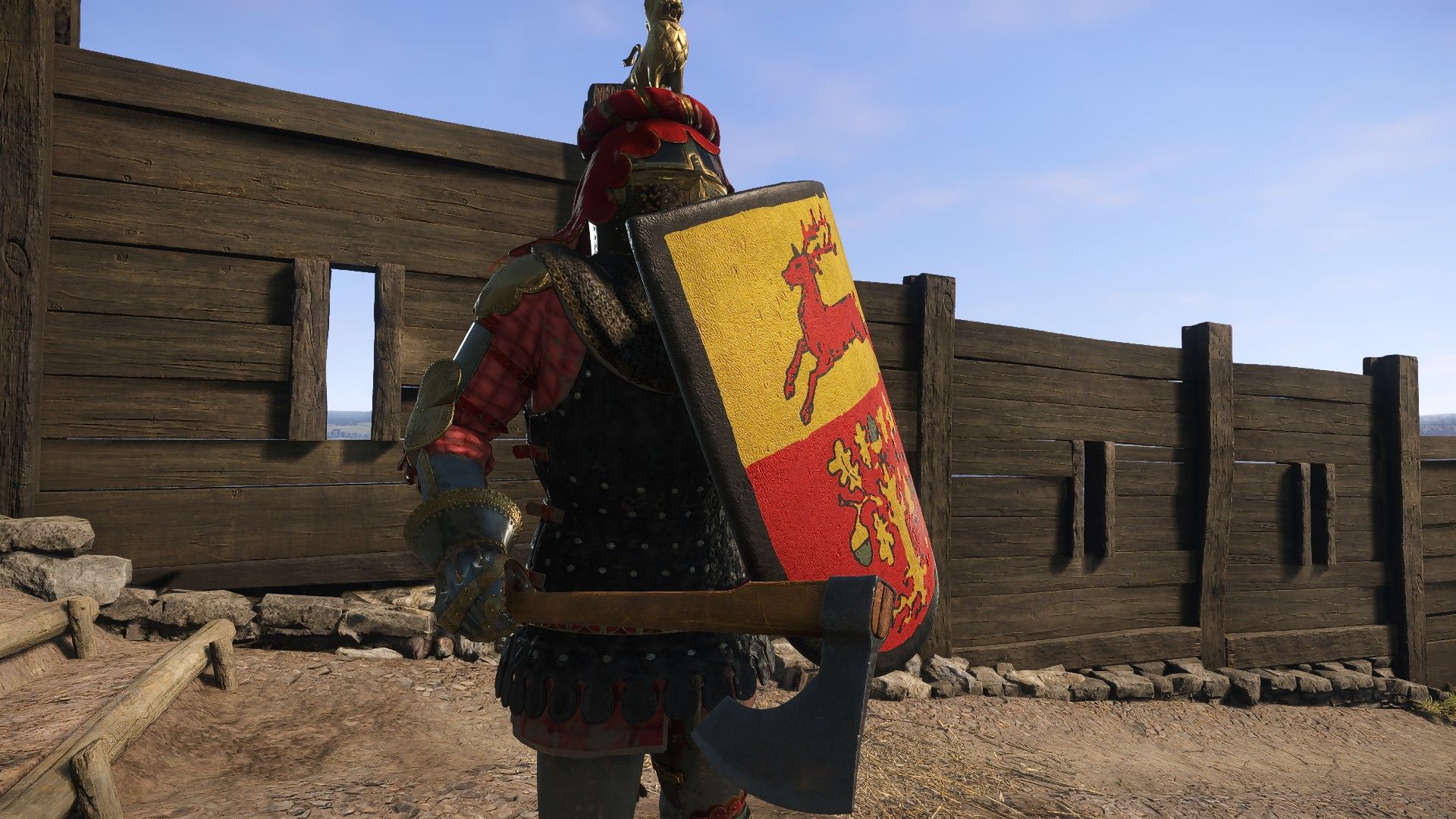
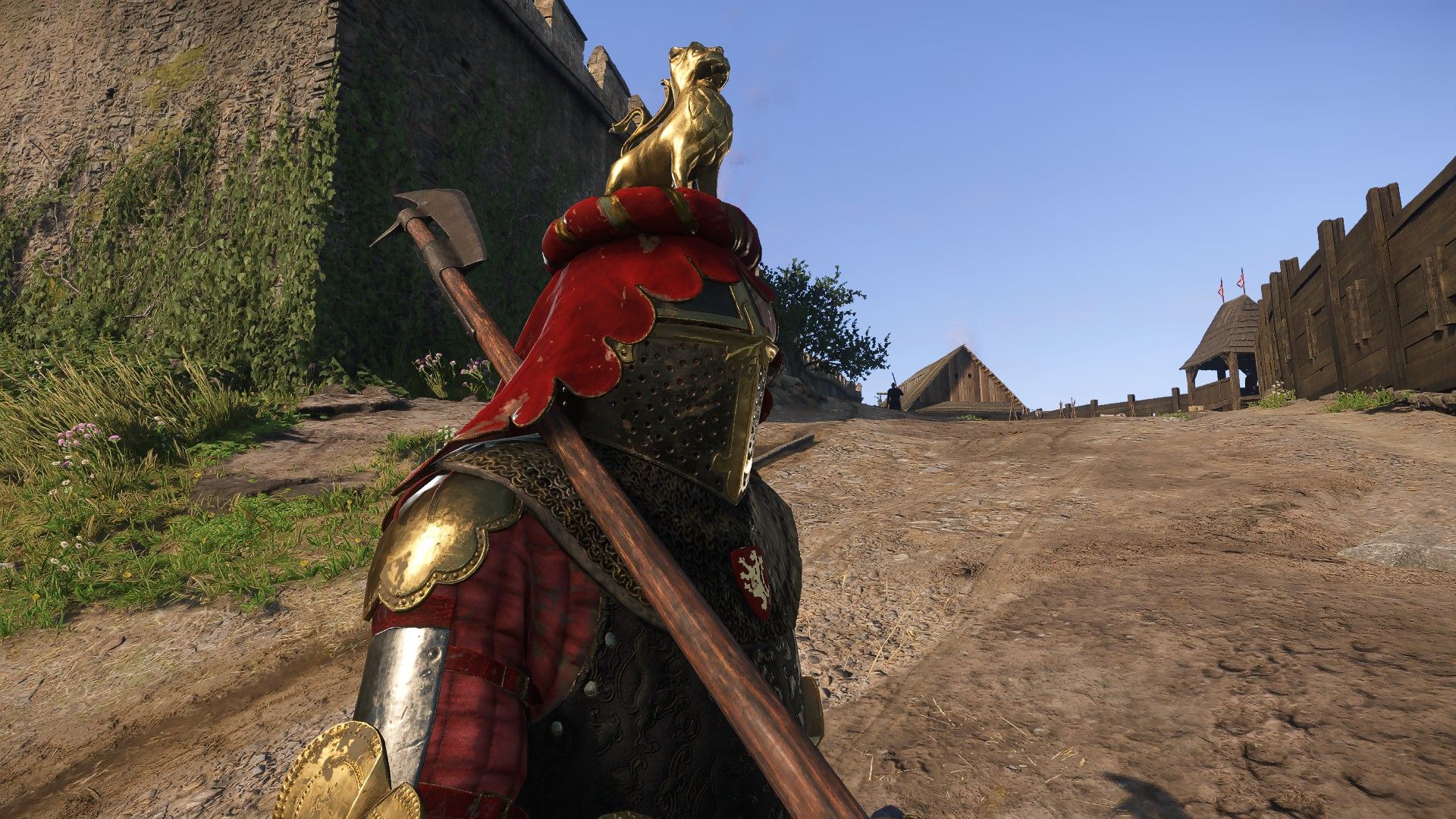
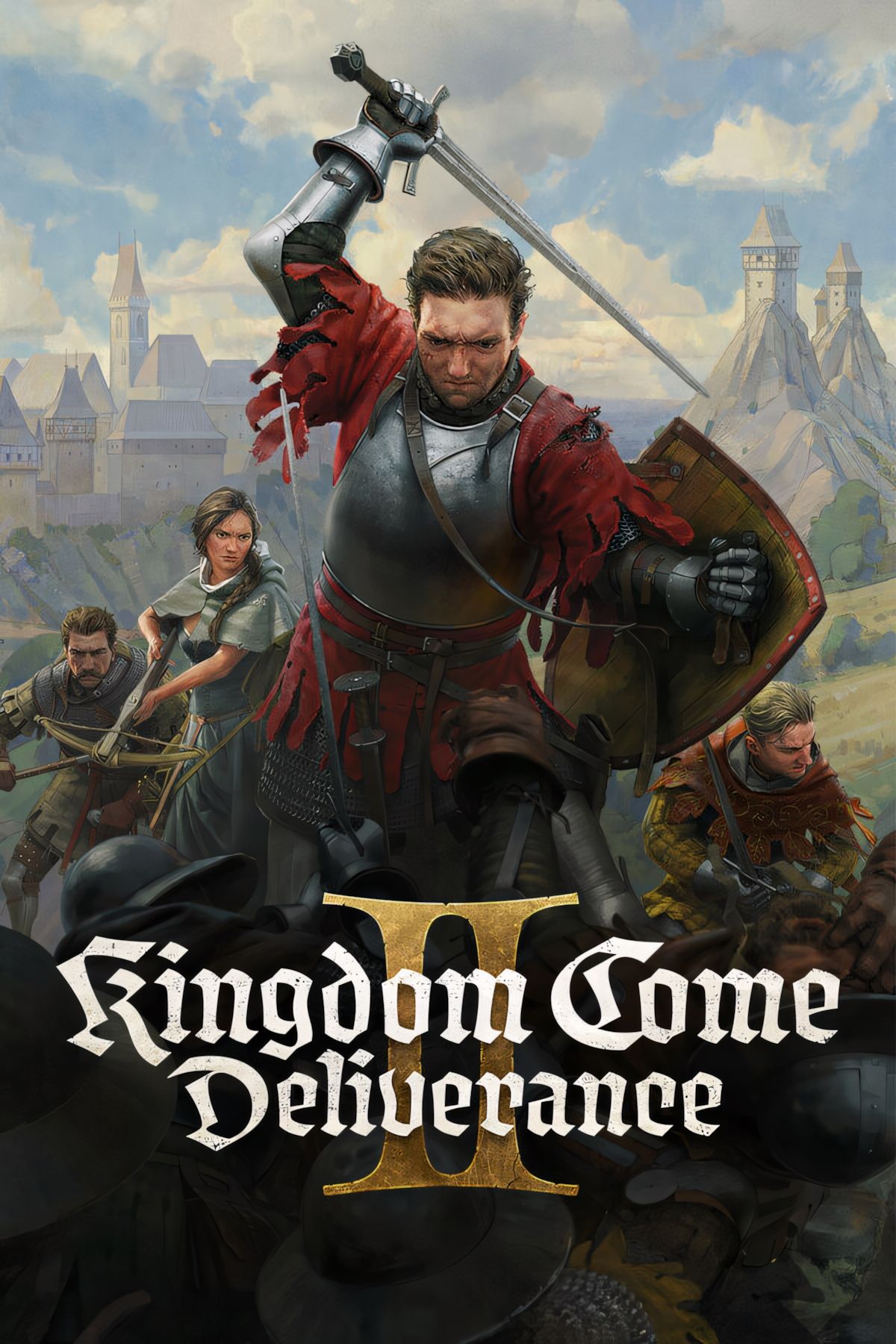


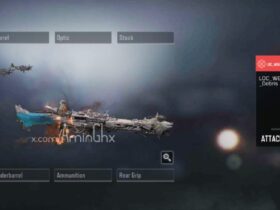



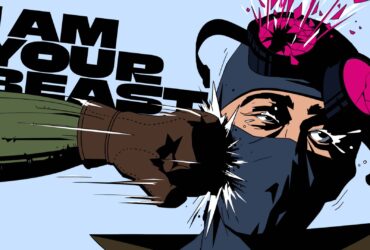


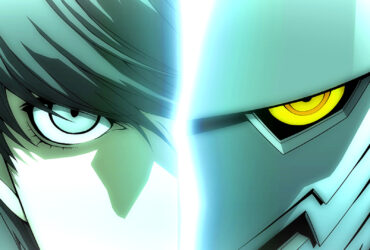


Leave a Reply